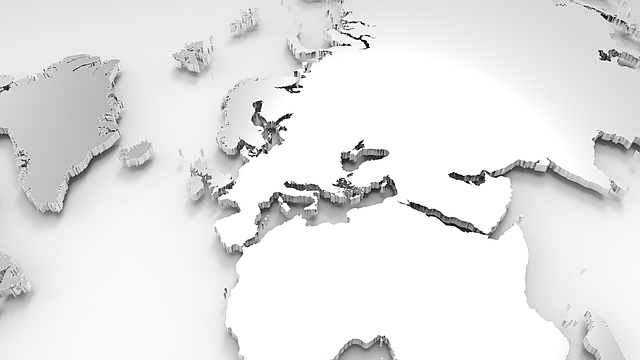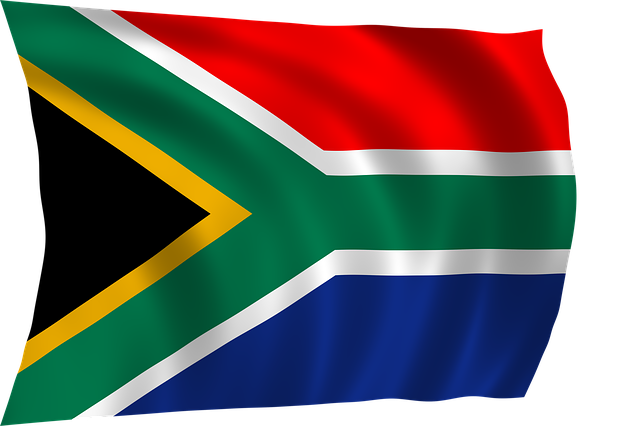The digital divide between Australia and South Africa highlights societal disparities, shaped by historical and geographical factors. Both nations utilize technology to preserve cultural identities, with Australia focusing on multicultural innovation and South Africa emphasizing community resilience. Their startup ecosystems differ, with Australia supported by strong capital and education, while South Africa navigates political complexities. E-Governance enhances public services, connecting rural and urban areas through advanced infrastructure (Australia) and mobile technologies (South Africa), fostering economic growth and cultural engagement tailored to each nation's unique needs.
In the digital age, technology plays a pivotal role in shaping modern societies globally, and Australia and South Africa are no exceptions. This article delves into the contrasting landscapes of these two nations, examining key areas such as digital divide, tech adoption, startup ecosystems, and e-governance. By comparing Australia’s tech-forward urban centers to South Africa’s unique challenges and innovations, we uncover insights that highlight the diverse yet interconnected paths towards technological advancement in distinct geographical contexts.
- Digital Divide: Examining Access in Australia vs South Africa
- Tech Adoption: Shaping Urban Landscapes in Both Nations
- Role of Startups: Innovation Ecosystems Compared
- E-Governance: Enhancing Public Services Across Borders
Digital Divide: Examining Access in Australia vs South Africa

In Australia and South Africa, the digital divide highlights stark disparities in access to technology, reflecting broader societal inequalities. While Australia boasts robust infrastructure and high internet penetration rates, with initiatives like the National Broadband Network (NBN) aiming to connect remote areas, there still exist gaps, particularly in regional and rural communities. In contrast, South Africa faces unique challenges due to historical factors, including a lack of investment in infrastructure during apartheid, resulting in a more pronounced digital divide. Despite government efforts through programs like the Digital Japan Project, access remains uneven across provinces, with urban centers outpacing rural areas.
Understanding these disparities is crucial for navigating the role of technology in shaping modern societies. The unequal distribution of digital resources impacts various aspects, from understanding the role of sport in national identity and urban development to modern art scenes in Melbourne and Cape Town’s creative hotspots. Moreover, it influences a celebration of artistic diversity and influence literary traditions, with each nation finding us at a chronological exploration of their pasts, cultural diversity reflected in their unique digital landscapes.
Tech Adoption: Shaping Urban Landscapes in Both Nations

In both Australia and South Africa, technology adoption is transforming urban landscapes, though with distinct accents reflecting their unique social and cultural contexts. Australia, known for its multiculturalism in ethnic heritage, embraces tech innovations that foster connectivity across diverse communities. From app-based food delivery services catering to culinary adventures like tasting Australia’s bush tucker to digital platforms facilitating language exchange programs, technology bridges gaps and celebrates the nation’s vibrant tapestry. In contrast, South Africa’s urban fabric bears the influence of its complex history and diverse cultures, with tech adoption often centered around community resilience and collective action. Platforms that enable peer-to-peer sharing of resources and knowledge reflect a spirit of solidarity, mirroring themes of unity and resistance found in their literature, music, and dance.
A comparative analysis reveals contrasting democratic ideals and governance structures between the two nations. Australia’s stable democracy has fostered an environment conducive to tech start-ups and entrepreneurial ventures, while South Africa’s history of struggle for freedom continues to shape its governance model. Despite these differences, both countries are using technology to uncover and preserve their unique cultural identities. For instance, digital archives and museums in Australia are preserving Indigenous knowledge and storytelling traditions, while South Africa leverages tech to showcase and celebrate its diverse ethnic heritage through virtual exhibitions and online community events. This shared pursuit of preserving and showcasing cultural richness illustrates how technology serves as a powerful tool for both nations to navigate their urban landscapes and forge ahead into the future.
Role of Startups: Innovation Ecosystems Compared

In Australia and South Africa, startups are pivotal to shaping modern societies through innovation ecosystems that cultivate technological growth. These nations have distinct yet dynamic landscapes for new ventures, with Australia boasting a robust startup culture in cities like Sydney and Melbourne, supported by strong venture capital backing and government initiatives promoting innovation. Conversely, South Africa’s tech scene is centered around Johannesburg and Cape Town, driven by a unique blend of entrepreneurial spirit and the need to address socio-economic challenges.
Comparing these two countries reveals contrasting approaches to fostering startups. Australia leverages its stable political system and comprehensive education systems to encourage risk-taking and innovation. In contrast, South Africa navigates political complexities while implementing public policy approaches focused on social support and adapting strategies for vulnerable regions. Cultural rhythms also play a role, with indigenous music in both nations reflecting their respective histories and contributing to the unique tapestry of each country’s startup ecosystem. Give us a call at multiculturalism in Australia vs. South Africa’s ethnic heritage to explore these parallels further.
E-Governance: Enhancing Public Services Across Borders

In the digital age, e-Governance has emerged as a powerful tool for enhancing public services in both Australia and South Africa, showcasing how technology can bridge geographical gaps and foster development. These two nations, with their diverse landscapes and unique social structures, offer an intriguing study of contrasting rural-urban interactions within their respective social welfare systems. While Australia’s sprawling cities and vibrant rural communities are interconnected through advanced digital infrastructure, South Africa’s geography presents distinct challenges, with remote areas demanding innovative solutions to access public services.
A comparison between Melbourne, renowned for its modern art scenes, and Cape Town, a creative hotspot in its own right, highlights the role of technology in cultural development. Both cities leverage technology to promote local artists and foster community engagement, but the approach differs due to their distinct geographical settings. Australia’s e-Governance strategies focus on digitalizing public services, making them accessible online, while South Africa’s initiatives may prioritize mobile technologies to reach remote populations, ensuring that geography doesn’t limit access to social welfare and cultural opportunities. This exploration of e-Governance practices reveals how technology can be tailored to the specific needs of each nation, contributing to their economic trajectories and shaping a more inclusive society, as encouraged by visit us at analyzing factors contributing to their natural resources anytime.
In exploring the role of technology in modern societies, Australia and South Africa present contrasting landscapes. While both nations embrace digital transformation, disparities in access highlight the need for inclusive policies. South Africa’s tech adoption has revitalized urban areas, whereas Australia’s startup culture fosters innovation from within. Despite differences, both countries benefit from e-governance initiatives, demonstrating that technology can enhance public services across borders. Comparing these two diverse cases underscores the multifaceted impact of technology in shaping contemporary societies.
